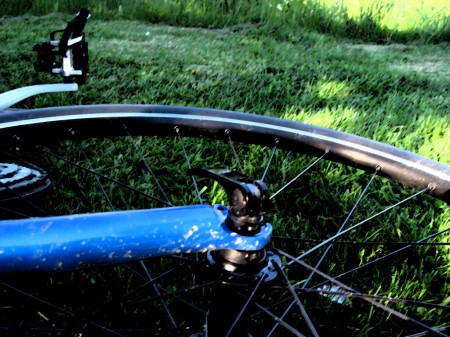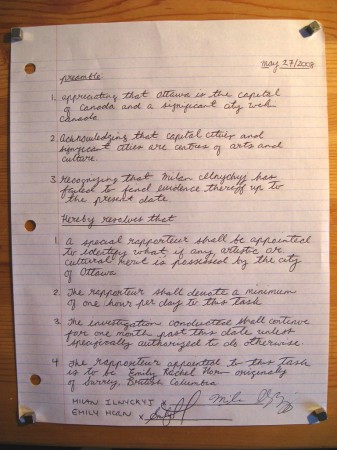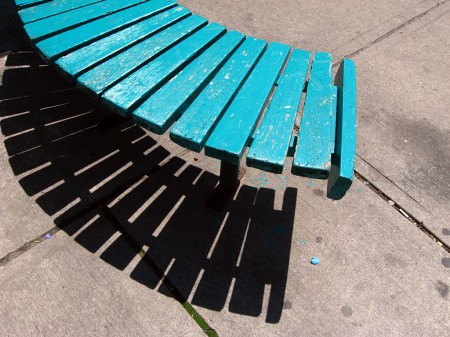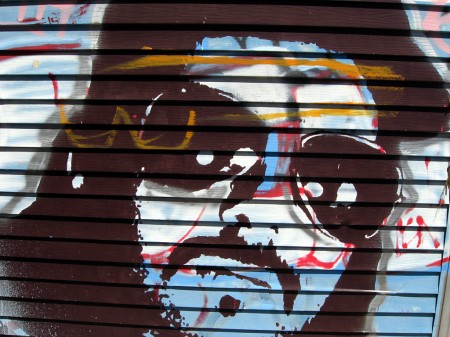
The ‘door prize’ is apparently the most common type of accident to injure bike riders in cities. Riding along beside a row of parked cars, someone opens a door on the driver side, leaving too little time for an approaching cyclist to stop. The cyclist thus slams into the door, quite probably injuring themselves. Sometimes, it can be lethal.
Awareness seems like the first mechanism for avoiding such accidents. While it is theoretically possible for cyclists to ride in the middle of lanes, doing so requires extremely thick skin, so as to endure the endless rage of motorists who want to go faster. Cyclists can avoid door prizes by keeping an eye on whether someone is sitting on the driver’s side of a car: as well as for clues like lights being on and engine noise. Well justified concern about the door prize risk makes me do this, though I find that it makes me less situationally aware overall. Having to check one parked car after another leaves less time and mental focus for evaluating other threats, such as cars passing you on the left or making right turns in front of you.
Drivers can be aware that cyclists may be passing them and do more to check for cyclists before opening doors. Glancing at the side-view mirror and back over their shoulder only takes a moment, and will protect the people stepping out of their cars from oncoming vehicles, as well. Doing so is sometimes an explicit legal obligation, as under section 208 of the Manitoba’s Highway Traffic Act:
No person shall,
(a) open the door of a motor vehicle upon a highway without first taking due precautions to ensure that his act will not interfere with the movement of, or endanger, any other person or vehicle; or
(b) leave a door of a motor vehicle upon a highway open on the side of the vehicle available to moving traffic for a period of time longer than is necessary to load or unload passengers
Section 203 of British Columbia’s Motor Vehicle Act is similar, as is section 165 of Ontario’s Highway Traffic Act. Drivers can also partially open doors for a little while, so as to make them more visible to anyone approaching.
Potentially, some kind of automated system could help. I don’t know how much it would cost, but it should be possible to set up a motion sensor that looks backwards on the driver’s side of a car. While it might sometimes be obstructed by vehicles close behind, one would think it would more likely be able to spot cyclists that drivers might have missed. Some kind of light could then give a warning against sudden door-openings, or even prevent doors on that side from being opened.
Arguably, the best solution is to isolate car and bike infrastructure from one another in city centres. I would personally be delighted if most downtown areas were car-free. There would be dramatically more social space, less noise and pollution, and arguably more of a neighbourhood feeling. In the absence of such a transition, perhaps we can aspire to more bike lanes physically separated from car traffic (by a barrier, not a painted line), as there are in the Netherlands and some other European states.







